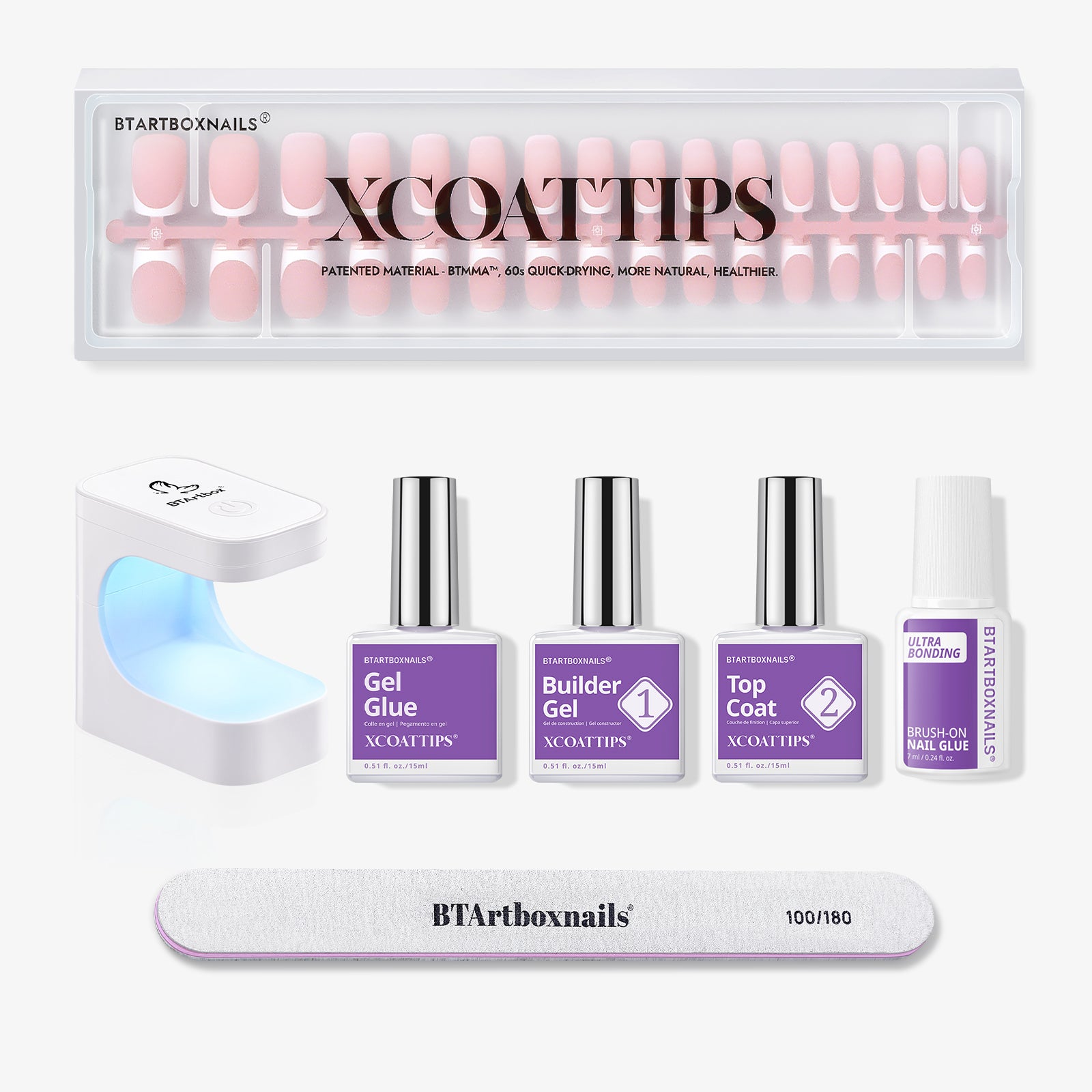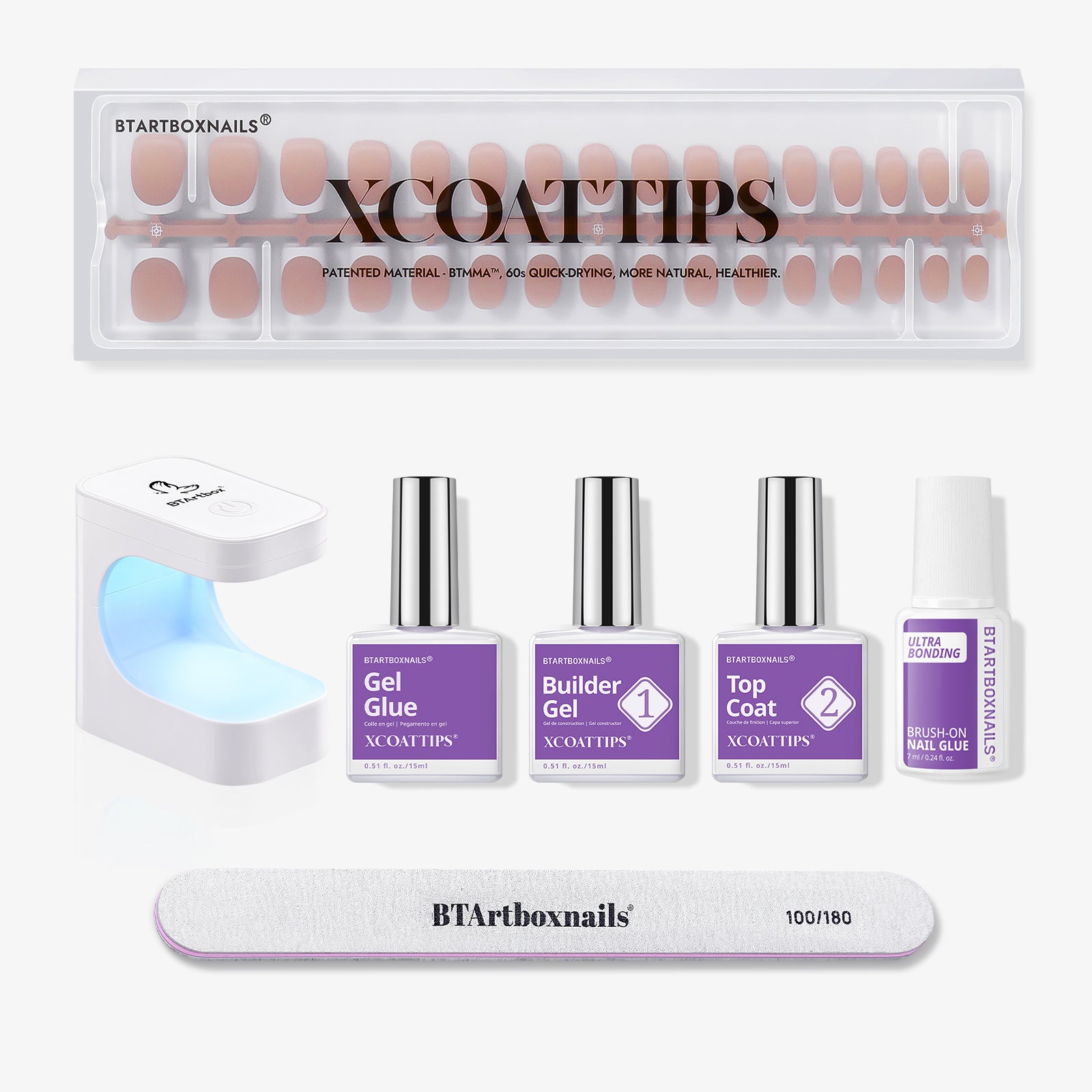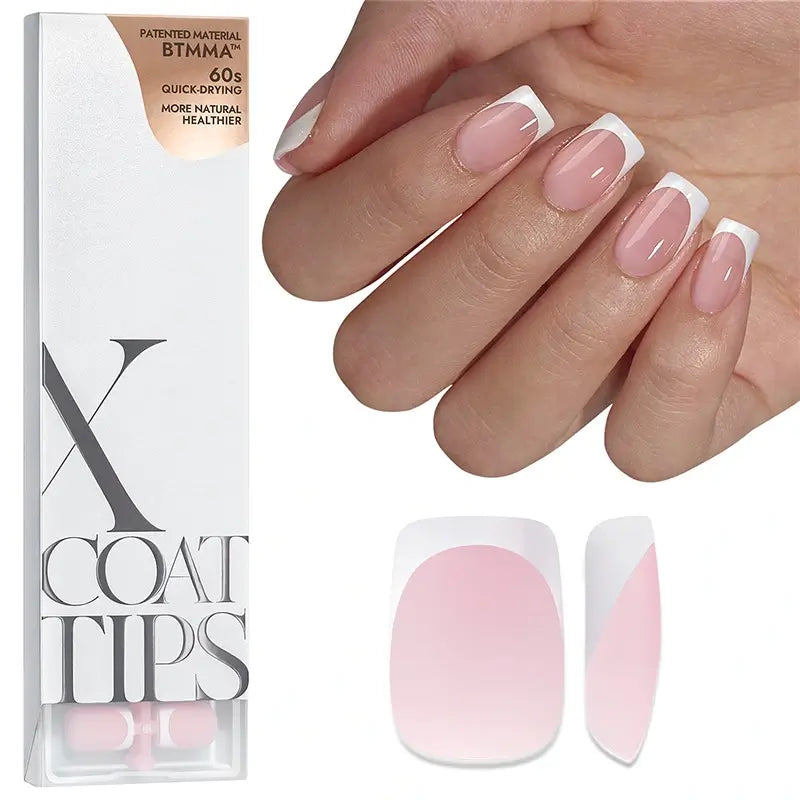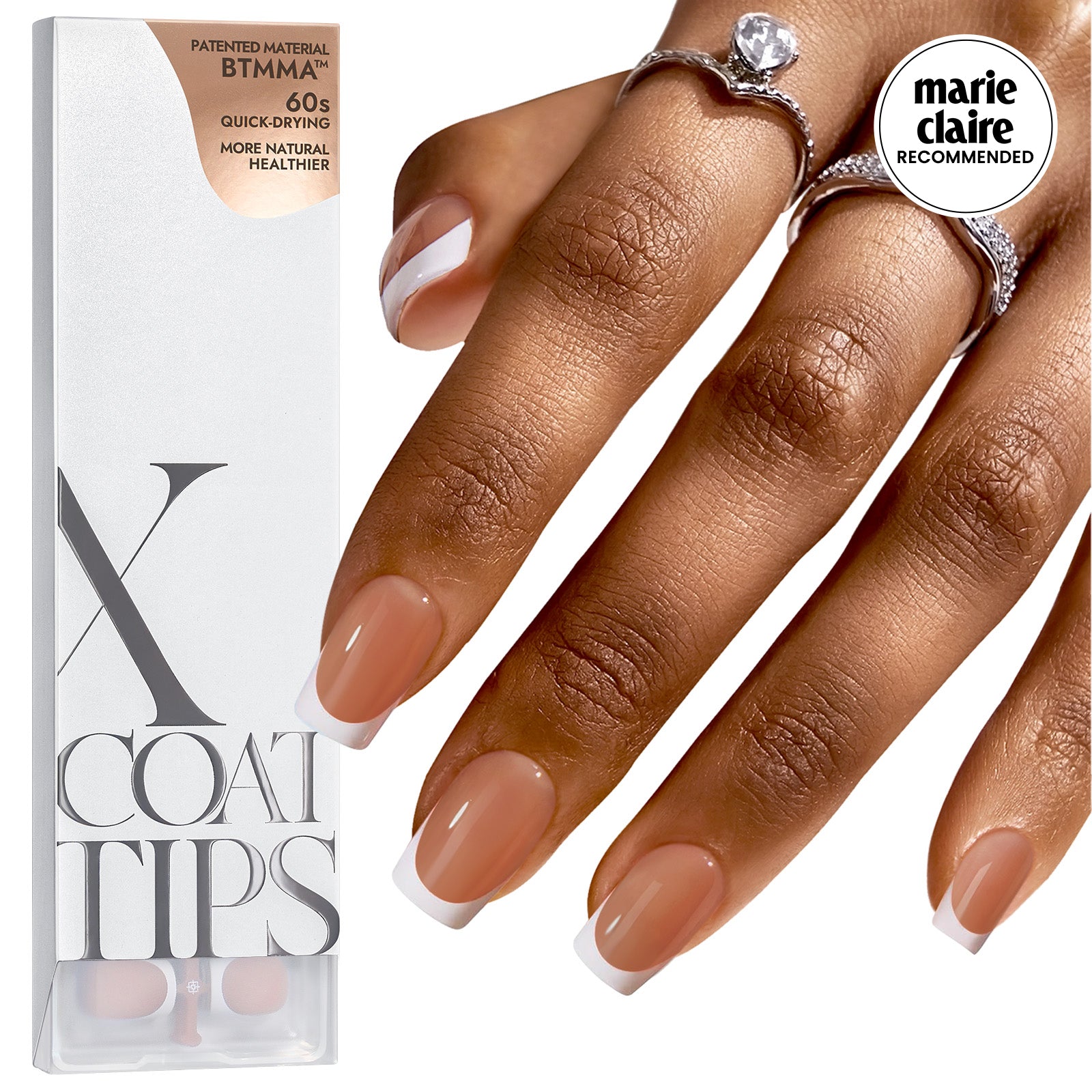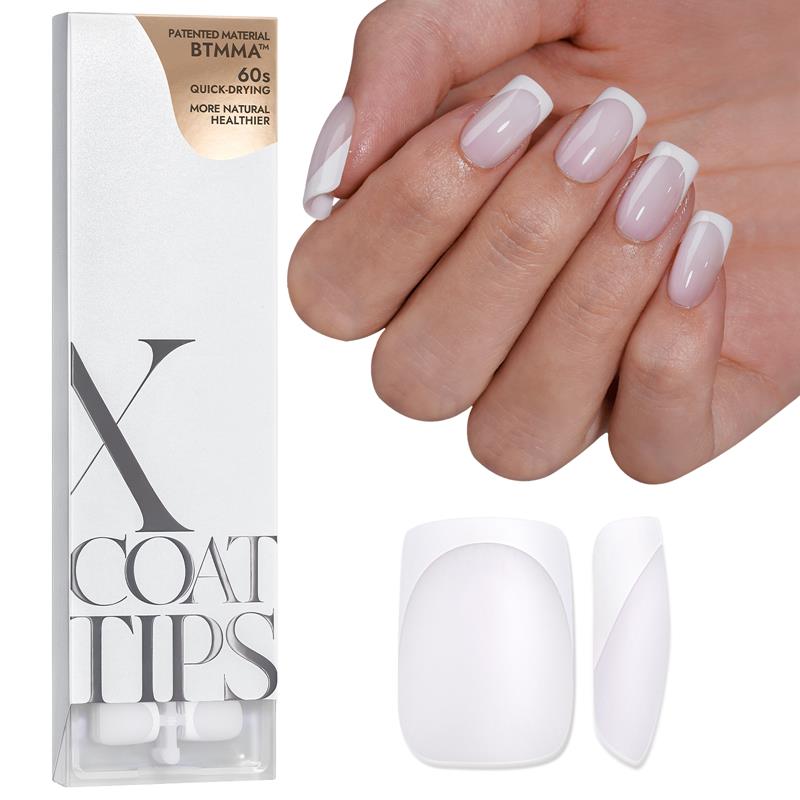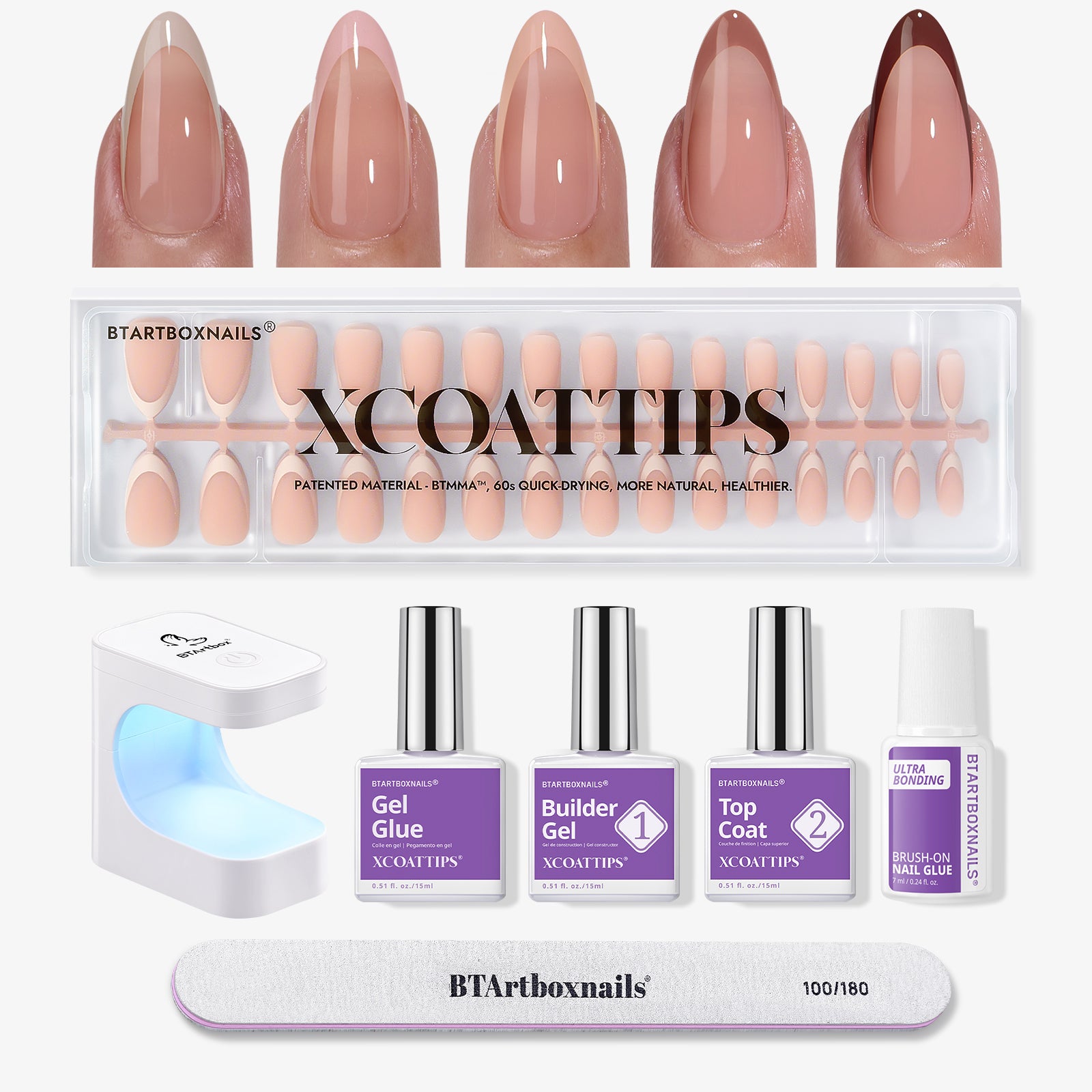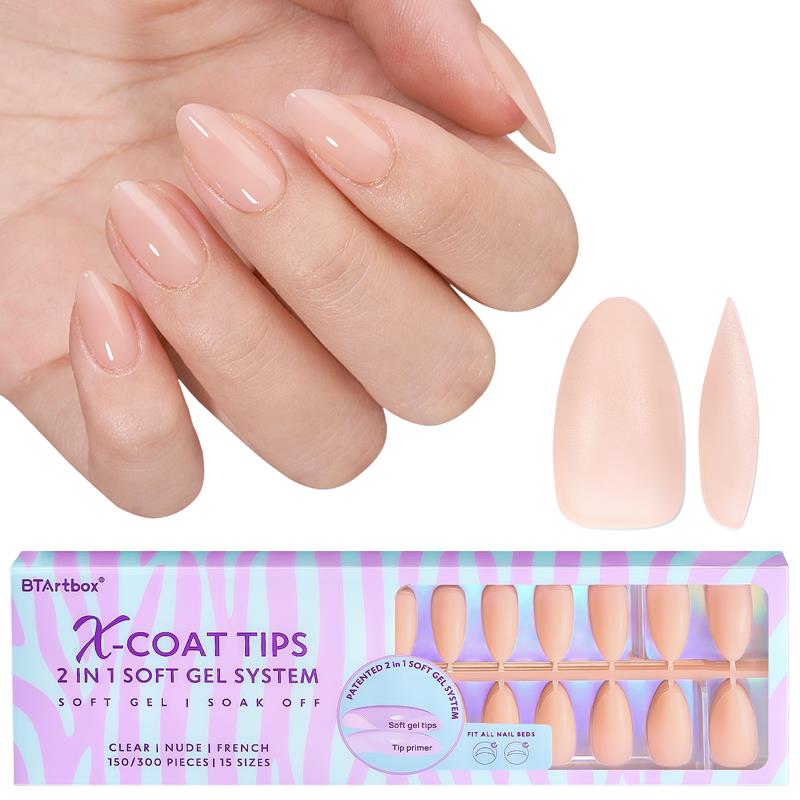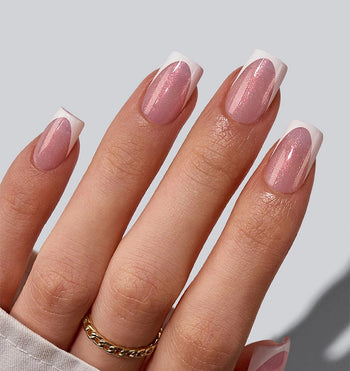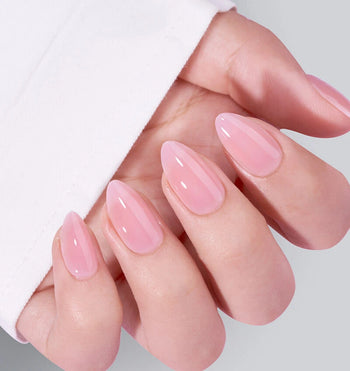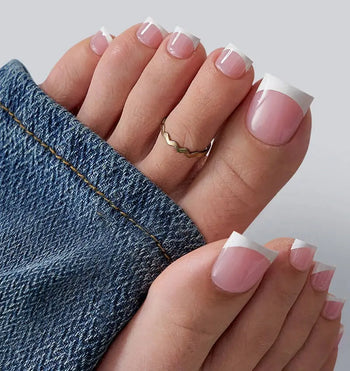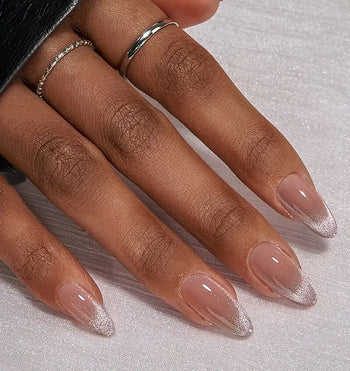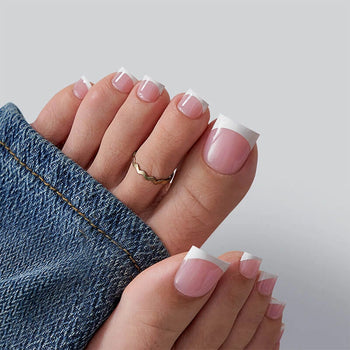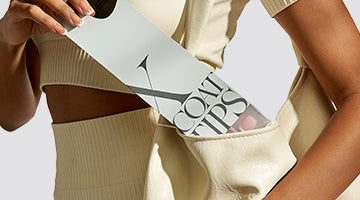Many people notice that their nails start to curve downward as they get longer. This condition can indicate important health issues, especially if you also observe changes in color or strength. While it may seem purely cosmetic, understanding the reasons behind this curling can help you take the necessary actions for your health.
Curved nails are often a sign of deficiencies or potential respiratory problems. Conditions like asthma, chronic bronchitis, or low oxygen levels can impact the way your nails grow. This article aims to explore the various causes of downward-curving nails, as well as treatments and prevention methods to maintain healthy nail growth.
By learning more about this common issue, you can take steps to address it. Whether it’s improving your diet or consulting with a healthcare provider, knowing the reasons behind your nail curling is vital for your overall well-being.
Table of contents
Understanding Nail Curvature
Nail curvature can be an important indicator of health and nail growth patterns. Your fingernails and toenails can show different shapes, which might affect their appearance and strength.
Basics of Nail Growth
Nails grow from the nail matrix located under the skin at the base of the nail. Each nail grows at a different rate, generally about 1/8 inch per month for fingernails and slightly slower for toenails. Factors like age, nutrition, and health can influence this growth.
As your nails grow longer, they may curve down, especially if the growth is uneven or if there are underlying health issues. A lack of certain nutrients, like proteins and vitamins, can affect nail strength, leading to changes in shape.
Common Types of Nail Curvature
There are several types of nail curvature to be aware of:
-
Clubbing: This condition causes nails to curve around the fingertips. It may result from low oxygen levels in the blood and could signal lung or heart issues.
-
Spoon Nails (Koilonychia): This is when nails curve upward, creating a spoon-like appearance. It can be linked to iron deficiency or certain autoimmune diseases.
-
Curved Nails: Sometimes, fingernails grow straight but curve downward as they lengthen. This can be a natural trait or a sign of nail health issues like fungal infections or psoriasis.
Understanding nail curvature can help you recognize changes that may require attention or medical advice.
What Causes Nails to Curve Downward?
Nails can curve downward for various reasons. Understanding these causes can help you identify possible health issues.
1. Koilonychia
This condition, also known as spoon nails, causes nails to appear concave or scooped out. Symptoms include nails that look thin and have raised ridges. It can be a sign of iron deficiency or other health problems.
2. Nutritional Deficiencies
Lacking essential nutrients can affect nail shape and strength. Key nutrients include:
- Iron : A shortage can lead to weak, curled nails.
- Vitamin B12 : Low levels may cause changes in nail texture and structure.
- Other Nutrients : Deficiencies in zinc or biotin can also affect nail health.
3. Fungal Infections
Fungal infections can result in thick, brittle nails that may curl downward. As the infection progresses, it can cause discoloration and distortion of the nail shape.
4. Underlying Health Conditions
Several medical conditions may lead to curved nails, including:
- Anemia : Low red blood cell count can result in nail changes.
- Thyroid Disorders : Conditions like hypothyroidism affect nail growth and appearance.
- Other Diseases : Lung diseases and liver issues can also contribute to nail curvature.
If you notice your nails changing shape, consider consulting a healthcare professional for advice.

Curved Nails Vs Clubbed Nails
Curved nails and clubbed nails may look similar, but they have different causes and meanings.

Curved Nails
- Definition: Curved nails are nails that grow downwards as they lengthen.
- Causes: They can result from:
- Natural genetic traits
- Environmental factors
- Aging
- Characteristics: They may appear smooth and are generally not a cause for concern.
Clubbed Nails
- Definition: Clubbed nails involve swelling at the fingertips, with nails that curve downward more dramatically.
- Causes: This condition can indicate serious health issues like:
- Lung disease
- Heart problems
- Liver disease
- Characteristics: The fingertips may become spongy when pressed, and nails may feel softer than usual.
Key Differences
|
Feature |
Curved Nails |
Clubbed Nails |
|
Growth Pattern |
Grows down gradually |
Swells and curves down |
|
Health Implications |
Generally not concerning |
May signal health issues |
|
Appearance |
Smooth and normal |
Swollen fingertips |
It's important to monitor your nails. If you notice significant changes, consider consulting a healthcare professional for advice.
Solutions to Prevent Nails from Curving Downward
To keep your nails from curving downward, you can follow several effective strategies.
1. Proper Nail Care
Take care of your nails by gently filing them to shape and avoid jagged edges. Regularly trim your nails to prevent them from growing too long. Don't forget to moisturize your cuticles to keep them healthy.
2. Balanced Diet
A healthy diet is crucial for nail health. Include foods rich in vitamins and minerals, such as:
- Leafy greens : Spinach and kale for iron.
- Nuts : Almonds and walnuts for healthy fats.
- Fish : Salmon for omega-3 fatty acids.
3. Avoiding Trauma
Protect your nails from injuries. Avoid using them as tools to prevent damage. Be mindful of habits like biting your nails, which can weaken them.
4. Using Nail Strengtheners
Consider using nail strengtheners or hardeners that can help promote healthy growth. Apply these products to build resilience against bending or breaking.
5. Regular Health Check-ups
Visit your healthcare provider for regular check-ups. This is important for spotting health issues that could impact your nails, such as nutritional deficiencies or respiratory problems. Keeping track of your overall health contributes to stronger nails.
How to Apply Press on Nails on Curved Nails?
Applying press-on nails on curved nails can be tricky, but with the right steps, you can achieve a smooth look.
Step 1. Prepare Your Nails:
Start by cleaning your nails with soap and water. Ensure they are completely dry. You can also use rubbing alcohol to remove any oils.
Step 2. Trim and Shape Your Nails:
Use nail clippers to trim your nails to a manageable length. File them to smooth out any sharp edges. This will help the press-on nails fit better. Use our nail tools.
Step 3. Choose the Right Size: Select press-on nails that match the size of your nail beds. If they are too small or too large, they may not adhere properly. Check out our collection of: ✅ Short Press On Nail ✅Medium Press On Nail ✅ Long Press On Nail
Step 4. Use a Strong Adhesive:
If your press-on nails come with glue, use it. Apply a small drop on both the press-on and your natural nail. This helps create a secure bond. Use the XCOATTIPS® Gap - Filled Solid Nail Gel Glue for long-lasting press-on nails. 📚🧐📖 Read more about Is Nail Glue the Same as Super Glue? Nail Expert Explained
Step 5. Press Firmly:
Align the press-on nail above your cuticle and press it down firmly. Hold for a few seconds to ensure a good fit. For curved nails, you may need to adjust it slightly to avoid gaps.
Step 6. Finish with a Top Coat:
Once applied, you can use a clear top coat for extra shine and durability. This also helps blend the press-on nails with your natural nails. Use our XCOATTIPS® Protecting Duo - Builder Gel + Top Coat to make you nails last for 30 days.
Step 7. Avoid Excessive Pressure: Once applied, avoid putting too much stress on the nails. This helps prevent them from lifting or breaking.
When to Seek Help from a Healthcare Provider?
If your nails curve down as they grow, it may be a sign of an underlying health issue. Knowing when to reach out to a healthcare provider is important for maintaining your health.

Identifying Serious Nail Changes
Look for any significant changes in your nails, such as:
- Curving or clubbing: If your nails curve downwards or become wider at the tips, this could indicate low oxygen levels in your blood.
- Color changes: Dark or unusual nail colors can signal infection or other conditions.
- Brittleness: If your nails become extremely brittle, it may point to a vitamin deficiency or thyroid problems.
If you notice any of these changes, it’s wise to consult with a healthcare provider. They can check for potential issues like lung disease, heart conditions, or iron deficiency anemia.
Conditions Requiring Immediate Attention
Certain nail changes require prompt medical evaluation. These may include:
- Signs of infection: Redness, swelling, or discharge around the nail can indicate an infection.
- Severe inflammation: Persistent inflammation may hint at conditions like psoriasis or lichen planus.
- Respiratory issues: If your curved nails are accompanied by symptoms of respiratory problems, such as asthma or chronic bronchitis, seek help right away.
Timely response to these signs can be crucial in diagnosing and treating health conditions effectively. If you feel concerned, trust your instincts and get professional advice.
Conclusion
In conclusion, nails curving down when they get long can be attributed to various factors, including genetics, nutritional deficiencies, and underlying health conditions. It's essential to maintain a balanced diet, practice good nail care habits, and seek medical advice if you notice persistent changes in your nails. Understanding the reasons behind this common issue can help you take better care of your nails and keep them healthy.
For more nail health tips and expert advice, visit BTArtboxnails. Discover a wealth of information and products designed to keep your nails looking their best. Visit BTArtbox today and enhance your nail care routine!
More Read Articles
Frequently Asked Questions
Why do my nails curl down at the tip?
Nails may curl downward due to several reasons. This can include a lack of oxygen in your blood, which could indicate lung or heart problems. Long-term exposure to certain health conditions can also cause this change in your nails.
What causes fingernails to curl when they get long?
As your nails grow longer, they might curl because of structural changes. Fungal infections or skin conditions can weaken nails. Additionally, aging can affect nail texture, leading to a curled appearance as they grow.
How do I stop my nails from curling?
To prevent nails from curling, you can keep them well-moisturized. Regular trimming can also help maintain their shape. If you notice significant curling, consult a healthcare provider for further advice.
How to correct curved nails?
Correcting curved nails may involve treatments specific to the cause. If the curling is due to nutritional deficiencies, improving your diet can help. For infections or other health-related issues, visiting a doctor is important.
How to make a nail grow straight?
You can encourage straight nail growth by maintaining a healthy diet and avoiding harsh chemicals. Using nail strengthening treatments may support your nails. Regularly trimming and filing can also help keep them shaped correctly.
What are spoon nails and why do they occur?
Spoon nails are nails that curve upward at the edges, resembling a spoon. This condition may occur due to iron deficiency anemia or other health problems. If you notice this change, consider speaking with a healthcare professional for proper evaluation.
